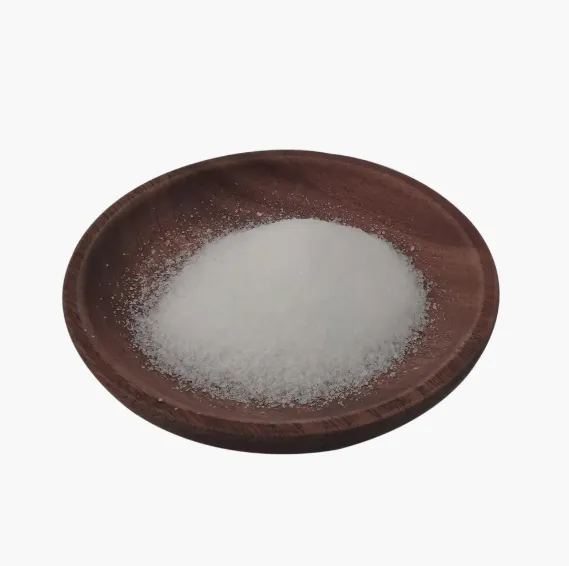 Email: sale@hebeidisha.com
Email: sale@hebeidisha.com
 Tel: +86 13315186550
Tel: +86 13315186550
- Afrikaans
- Albanian
- Amharic
- Arabic
- Armenian
- Azerbaijani
- Basque
- Belarusian
- Bengali
- Bosnian
- Bulgarian
- Catalan
- Cebuano
- China
- China (Taiwan)
- Corsican
- Croatian
- Czech
- Danish
- Dutch
- English
- Esperanto
- Estonian
- Finnish
- French
- Frisian
- Galician
- Georgian
- German
- Greek
- Gujarati
- Haitian Creole
- hausa
- hawaiian
- Hebrew
- Hindi
- Miao
- Hungarian
- Icelandic
- igbo
- Indonesian
- irish
- Italian
- Japanese
- Javanese
- Kannada
- kazakh
- Khmer
- Rwandese
- Korean
- Kurdish
- Kyrgyz
- Lao
- Latin
- Latvian
- Lithuanian
- Luxembourgish
- Macedonian
- Malgashi
- Malay
- Malayalam
- Maltese
- Maori
- Marathi
- Mongolian
- Myanmar
- Nepali
- Norwegian
- Norwegian
- Occitan
- Pashto
- Persian
- Polish
- Portuguese
- Punjabi
- Romanian
- Russian
- Samoan
- Scottish Gaelic
- Serbian
- Sesotho
- Shona
- Sindhi
- Sinhala
- Slovak
- Slovenian
- Somali
- Spanish
- Sundanese
- Swahili
- Swedish
- Tagalog
- Tajik
- Tamil
- Tatar
- Telugu
- Thai
- Turkish
- Turkmen
- Ukrainian
- Urdu
- Uighur
- Uzbek
- Vietnamese
- Welsh
- Bantu
- Yiddish
- Yoruba
- Zulu
Nov . 26, 2024 04:04 Back to list
Exploring the Applications and Properties of Adipic Acid in Various Industries
Understanding Adipic Acid Its Importance and Applications
Adipic acid, a six-carbon dicarboxylic acid (HOOC(CH2)4COOH), plays a crucial role in modern chemistry and industrial processes. As one of the most widely produced dicarboxylic acids, adipic acid's applications range from the production of nylon to its use as a food additive. Understanding its properties, production methods, and applications is essential for anyone interested in the chemical industry and its contributions to everyday products.
Chemical Properties
Adipic acid is a white, crystalline solid at room temperature, with a melting point of about 150 °C (302 °F) and a boiling point of 270 °C (518 °F). It is moderately soluble in water, making it useful in various chemical reactions and processes. The compound's structure, featuring two carboxylic acid groups, allows it to participate in a variety of chemical reactions, particularly esterification and amidation, which are essential for producing polymers and other complex molecules.
Production Methods
Traditionally, adipic acid is produced through the oxidation of cyclohexane, a process that involves several steps. Cyclohexane is first oxidized to produce cyclohexanol and cyclohexanone, which are then further oxidized to yield adipic acid. This method, while effective, is associated with environmental concerns due to the release of nitrous oxide (N2O), a potent greenhouse gas.
In recent years, researchers have been exploring more sustainable methods of production, utilizing biological processes or alternative feedstocks. For instance, some studies have investigated the potential of utilizing biomass to produce adipic acid through fermentation processes. These innovative approaches aim to reduce the carbon footprint associated with adipic acid production, contributing to a greener chemistry landscape.
Application in Nylon Production
adipic acid is

One of the most significant applications of adipic acid is in the production of nylon 6,6, a widely used synthetic polymer that holds a vast range of applications, from textiles to automotive parts. Nylon 6,6 is produced by the polycondensation reaction between adipic acid and hexamethylenediamine. The resulting polymer is known for its strength, durability, and resistance to abrasion, making it an ideal choice for manufacturing various products, including carpets, clothing, and industrial components.
Food and Pharmaceutical Uses
Aside from its industrial applications, adipic acid also finds its way into the food and pharmaceutical industries. As a food additive, it is often used as an acidulant or flavor enhancer, providing a tart taste to certain products. Its ability to act as a pH adjuster makes it valuable in the formulation of various food items.
In the pharmaceutical sector, adipic acid serves as a building block for synthesizing certain drugs. Its derivative compounds may be used in medication formulations, highlighting the acid's versatility beyond industrial uses.
Environmental Considerations
As industries strive for sustainability, the production and use of adipic acid are subject to scrutiny regarding their environmental impact. The traditional production methods produce greenhouse gases, prompting calls for greener alternatives. Companies and researchers are working diligently to develop eco-friendly synthetic routes that minimize waste and reduce carbon emissions.
Conclusion
Adipic acid is a vital compound in the chemical industry, with a wide array of applications that contribute significantly to advanced materials, food processing, and pharmaceuticals. As the world moves toward more sustainable practices, embracing innovative production methods will be essential in maintaining the balance between industrial efficiency and environmental responsibility. Understanding adipic acid's role in various sectors is crucial, and as technology advances, its significance is likely to grow, reaffirming its place as a cornerstone of modern chemistry.
Latest news
-
Certifications for Vegetarian and Xanthan Gum Vegetarian
NewsJun.17,2025
-
Sustainability Trends Reshaping the SLES N70 Market
NewsJun.17,2025
-
Propylene Glycol Use in Vaccines: Balancing Function and Perception
NewsJun.17,2025
-
Petroleum Jelly in Skincare: Balancing Benefits and Backlash
NewsJun.17,2025
-
Energy Price Volatility and Ripple Effect on Caprolactam Markets
NewsJun.17,2025
-
Spectroscopic Techniques for Adipic Acid Molecular Weight
NewsJun.17,2025